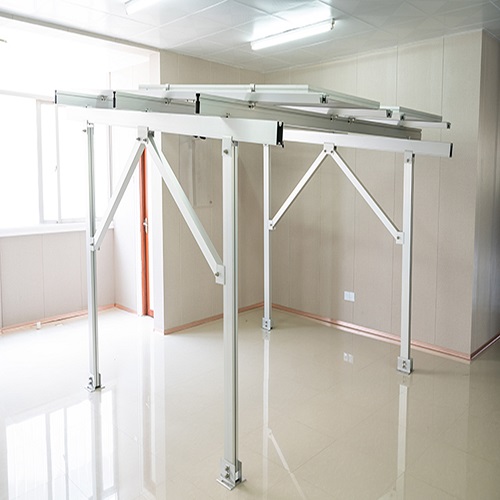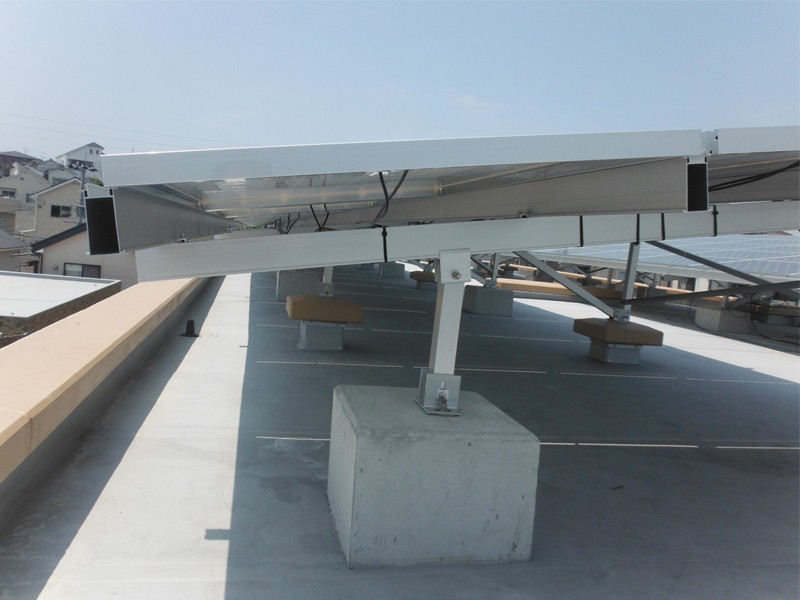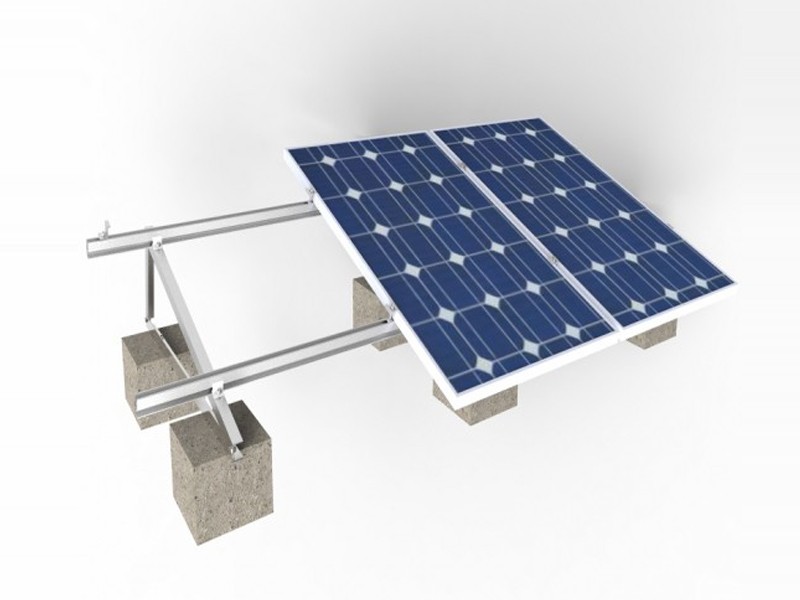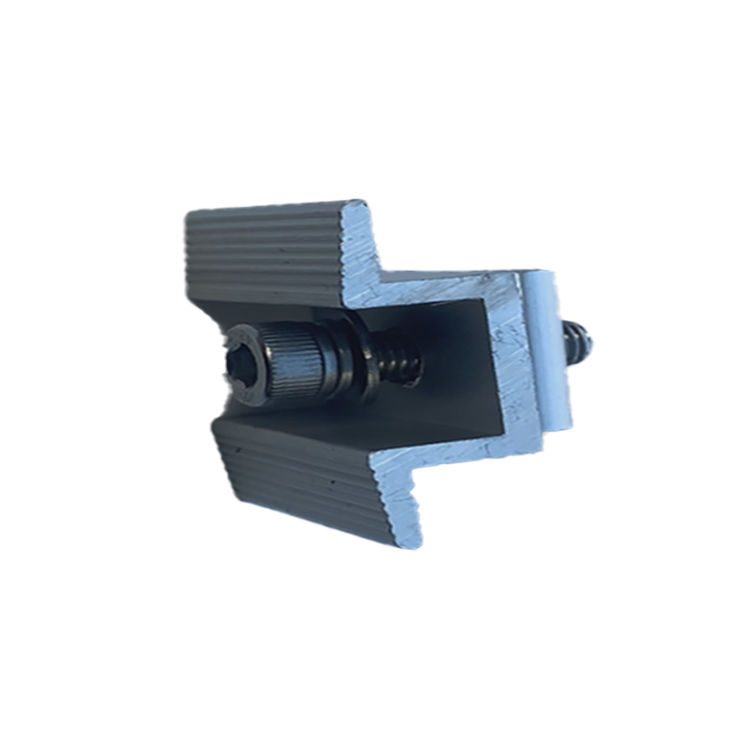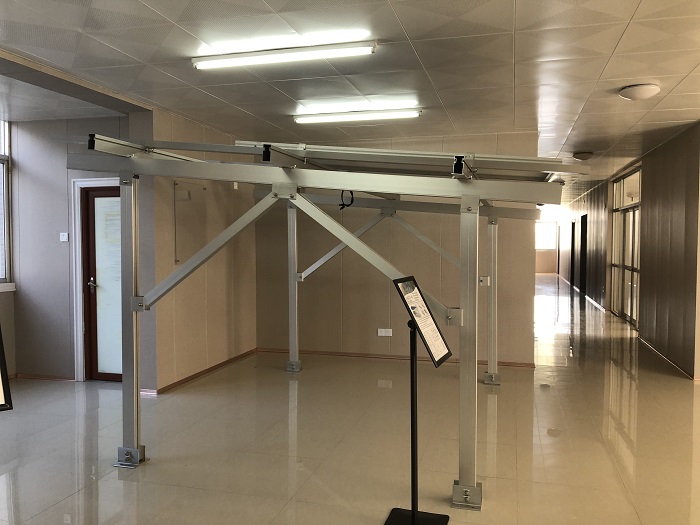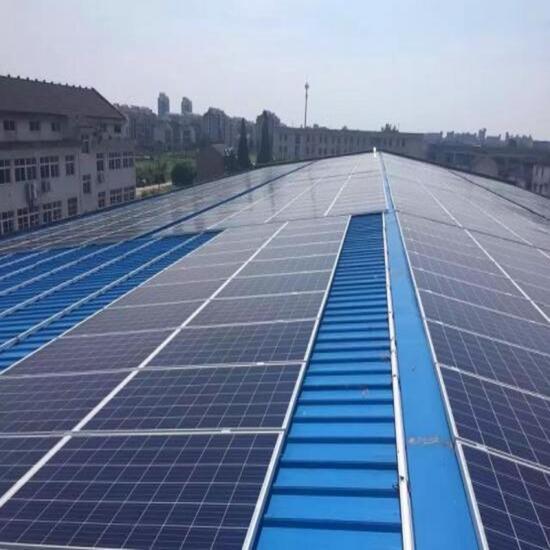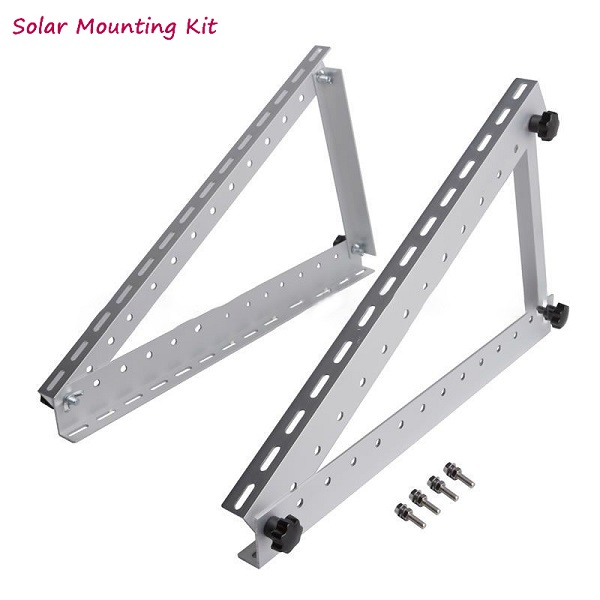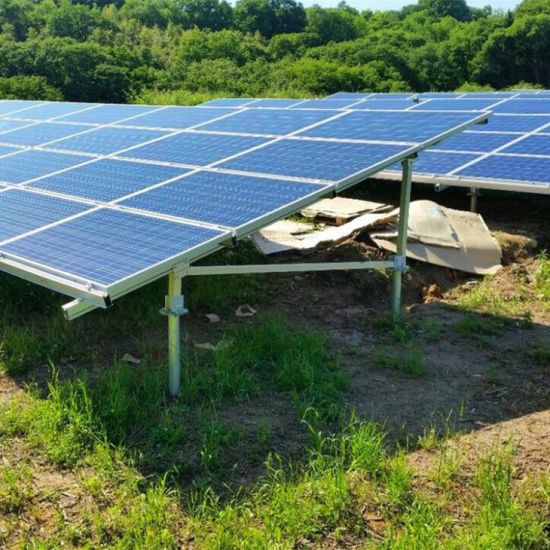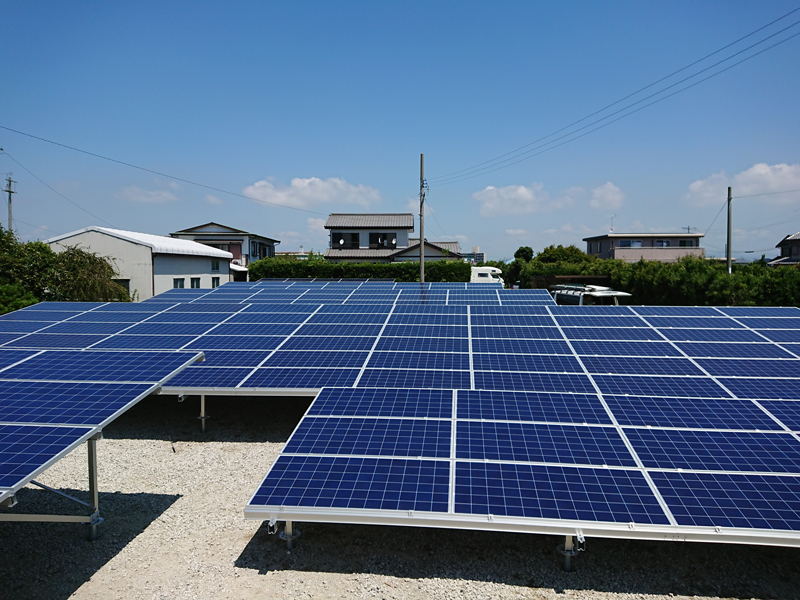As the world moves towards sustainable energy solutions, solar power continues to be a frontrunner in the quest for clean energy. Among the various innovations in solar technology, solar carport systems stand out as a versatile and efficient solution for harnessing solar energy. These systems not only provide shade and protection for vehicles but also generate significant amounts of renewable energy. In this article, we will explore the benefits, components, and installation considerations of solar carport systems, and why they are becoming a popular choice for both residential and commercial properties.
What is a Solar Carport System?
A solar carport system is a canopy structure with solar panels mounted on top. Unlike traditional solar panel installations that are mounted on rooftops or the ground, solar carports provide dual functionality. They serve as a protective shelter for vehicles while simultaneously generating electricity from the solar panels installed on their roofs. Solar carports can be found in various settings, including residential homes, commercial buildings, parking lots, and public spaces.
Key Benefits of Solar Carport Systems
1. Maximizing Space Utilization
Solar carports make efficient use of existing parking spaces, transforming them into power-generating assets. This is particularly beneficial in urban areas where space is limited. By utilizing parking lots for solar energy production, property owners can maximize their land use without compromising on functionality.
2. Providing Shade and Protection
One of the primary benefits of solar carports is the shade and protection they offer to vehicles. Cars parked under solar carports are shielded from the elements, including rain, snow, and the harsh sun. This helps to reduce vehicle maintenance costs and improves the overall lifespan of the vehicles.
3. Reducing Energy Costs
Solar carport systems generate electricity that can be used to power homes, businesses, or be fed back into the grid. This reduces reliance on traditional energy sources and lowers electricity bills. For businesses, this can translate into significant cost savings over time.
4. Environmental Impact
By harnessing solar energy, solar carports contribute to reducing carbon footprints and promoting environmental sustainability. They help decrease greenhouse gas emissions and reliance on fossil fuels, aligning with global efforts to combat climate change.
5. Enhancing Property Value
Installing a solar carport system can increase the value of a property. It represents a forward-thinking, eco-friendly investment that can attract environmentally conscious buyers or tenants. Additionally, some regions offer incentives, tax credits, or rebates for solar installations, further enhancing the financial benefits.
Components of a Solar Carport System
Solar Panels: These are the core components that capture sunlight and convert it into electricity. High-efficiency photovoltaic (PV) panels are typically used for maximum energy production.
Inverters: Inverters convert the direct current (DC) electricity generated by the solar panels into alternating current (AC), which is used by most electrical appliances and can be fed into the grid.
Mounting Structure: The framework that supports the solar panels. It is designed to be sturdy and withstand various weather conditions while providing the necessary angle for optimal sunlight exposure.
Electrical Components: This includes wiring, connectors, and other electrical components that facilitate the transfer of electricity from the solar panels to the inverter and into the building’s electrical system.
Battery Storage (Optional): Some solar carport systems include battery storage solutions to store excess energy generated during the day for use at night or during power outages.
Installation Considerations
When planning to install a solar carport system, several factors should be taken into account:
Location and Orientation: The site should have ample sunlight exposure, with minimal shading from nearby structures or trees. The carport should be oriented to capture the maximum amount of sunlight.
Structural Integrity: The mounting structure must be robust and capable of supporting the weight of the solar panels and withstanding environmental stresses such as wind and snow loads.
Permits and Regulations: Check local building codes and regulations to ensure compliance. Obtain the necessary permits before starting the installation.
Professional Installation: Engage experienced professionals to design and install the system. Proper installation is crucial for the safety, efficiency, and longevity of the solar carport system.
Maintenance: Regular maintenance, such as cleaning the solar panels and inspecting the mounting structure, is essential to ensure optimal performance and longevity.
Conclusion
Solar carport systems offer a smart, efficient, and sustainable way to generate renewable energy while providing additional benefits like vehicle protection and enhanced property value. As technology advances and the push for renewable energy grows, solar carports are poised to become a common feature in both residential and commercial settings. Investing in a solar carport system is not only a step towards energy independence but also a contribution to a greener, more sustainable future.
